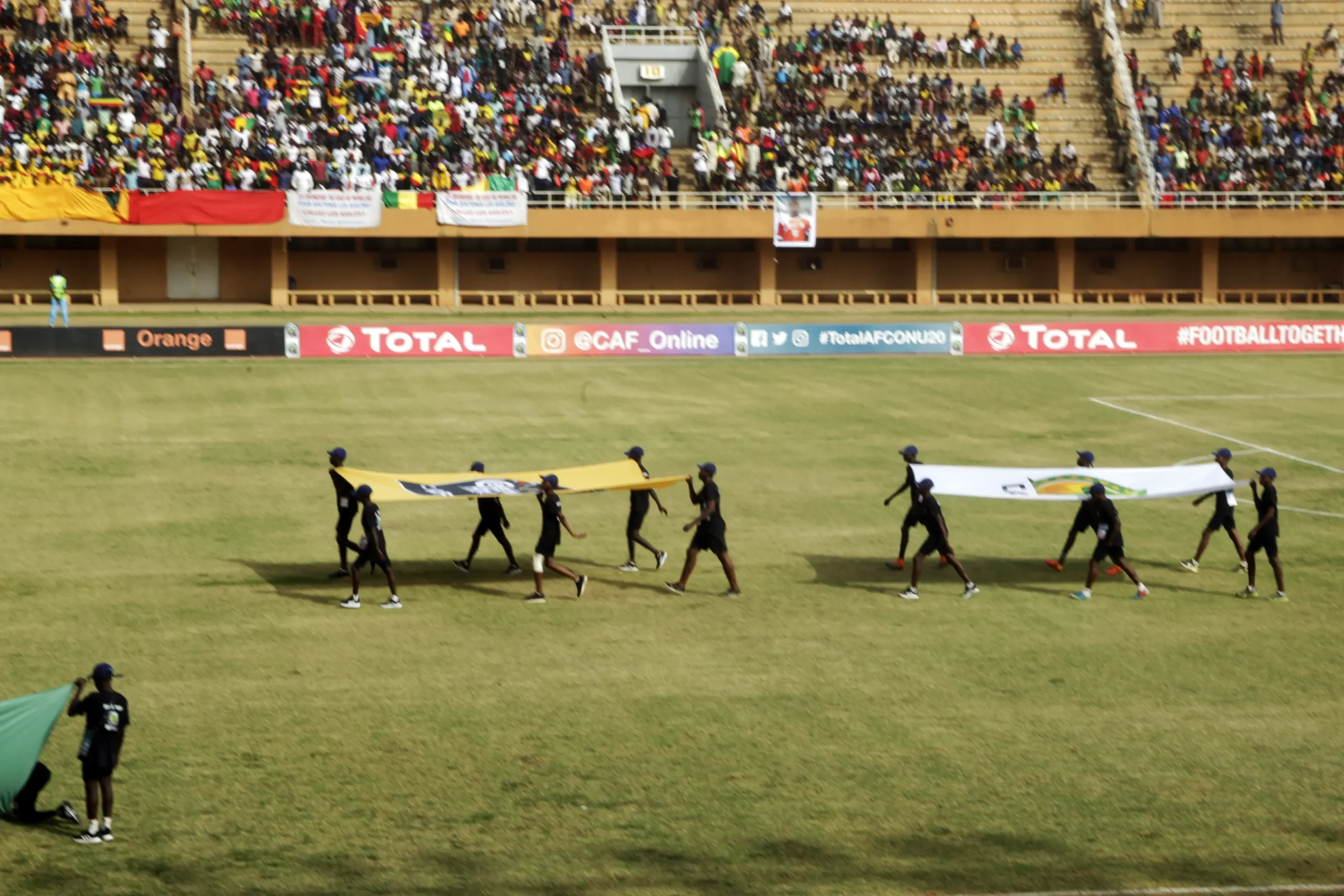How Will the New Prize Money Spur the Growth of Women’s Football in Africa?
Women’s football in Africa is gathering remarkable momentum—especially after the Confederation of African Football (CAF) decided to significantly increase the prize pool for the upcoming Women’s Africa Cup of Nations. The tournament is scheduled for 5–26 July 2025 in football‑friendly Morocco, which for the second straight time will become the capital of African women’s football.
The changes CAF is introducing could be transformative—for the players, their families, local communities and the entire continent. So… what exactly is changing?
A New Era of Prize Money – What, Specifically, Is Different?
Let’s look at the numbers. CAF has announced that the total prize pool will be US$3.475 million, a jump of 45% compared with previous editions! The champions will take home US$1 million—double the previous amount. The impact goes far beyond making the tournament more financially attractive: this money can meaningfully improve players’ living conditions and the quality of their preparation.
Second place won’t be left out either, receiving US$500,000. CAF has also allocated awards for third place and appearance bonuses for quarter‑finalists, helping financially strengthen teams that may not win the whole competition but still make a strong run.
What Does This Mean for Players’ Daily Lives?
Imagine competing at the highest sporting level while struggling financially. For many African women footballers, that’s reality. That’s why CAF’s decision has been eagerly awaited.
Increased prize money means players may now afford better medical care, professional training environments, educational opportunities, and direct financial support for their families. It encourages consistent training, promotes professionalisation and gives athletes a chance to plan long‑term careers in the sport.
Higher Competitive Level and Better Quality of Play
Let’s be honest: the better a sport pays, the more people are willing to commit their future to it. Women’s football is no different. Larger prize purses can start a domino effect—drawing new players into structured training and professional pathways.
This leads to another major benefit: greater competitiveness. Improved financial backing allows clubs and federations to hire qualified coaches, access better facilities, run higher‑level training programmes and build technical support staffs. The result? More intense, more skillful, more entertaining matches—ones that draw bigger crowds.
CAF and the Push for Gender Equality in Football
CAF isn’t stopping at prize money. The organisation is rolling out a series of initiatives to support the women’s game, including:
- Women’s Instructor Development Program (WIDP) – Coaching and education pathways for future female head coaches, youth instructors and technical experts.
- Girls’ Integrated Football Tournament (GIFT) – A talent‑identification and youth development pathway.
- CAF Women’s Champions League (launched in 2021) – Gives club sides international competition and a platform to build professional women’s football structures across the continent.
- Women’s Futsal Development – Regional training initiatives and strategic investment to grow the small‑sided game.
Success Stories – How Prize Money Changes Lives
Consider a few examples that show why these investments matter.
Nigeria has dominated African women’s football for years. Stars such as Perpetua Nkwocha became not only icons of the game but also role models who, through their success, gained the means to support families and uplift local communities.
South Africa’s players—after winning their first continental title in 2022—have already been investing earnings in education, grassroots ventures and small businesses. Their efforts send a powerful message to young girls: playing football can pay off.
What Does the Future of African Women’s Football Look Like?
Globally, women’s football is growing at breakneck speed. By 2030, the worldwide fan base is projected to rise from 500 million to 800 million—and Africa has the potential to be a major growth hub.
Countries such as Egypt, relative newcomers to the women’s football map, are already producing promising talents—like goalkeeper Habiba Sabry of Masar. Improved infrastructure—fuelled in part by increased prize money—will help such teams perform better internationally and accelerate development.
In Summary – Why Root for These Changes?
Football is more than a sport; it’s a way of life. For thousands of young women across Africa, it can be a real path to a better future. With CAF boosting prize money and backing other development initiatives, African women’s football is stepping confidently into a new, optimistic era. The profession of women’s footballer on the continent can finally become an attractive, better‑paid career path.
Financial progress is a step in the right direction—toward real gender equity that delivers not just slogans, but tangible benefits, the ability to pursue dreams, and success on every level of life.
The 2025 Women’s Africa Cup of Nations is the start of an exciting new journey for the women’s game in Africa—definitely worth watching closely and cheering on all the participants when the action kicks off this July in Morocco!





Leave a Reply